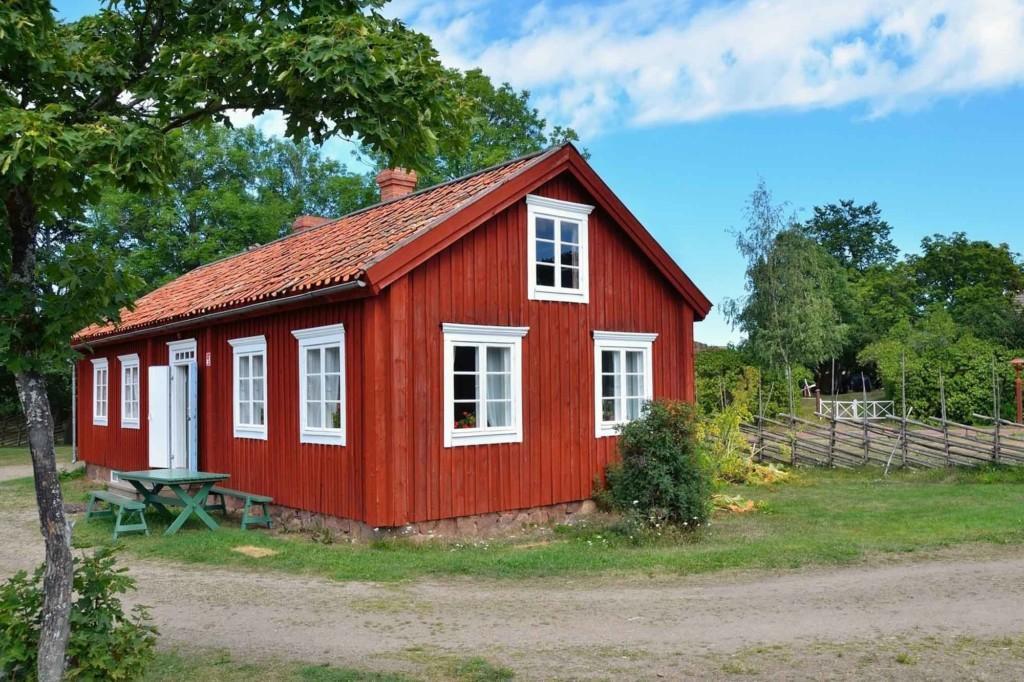Almost one in every three log walls built before 1950 needs repairs or renovation
Old log houses are full of life and memories. Life has been lived within the log walls for decades or even centuries. Although log in itself is an excellent construction material, there are situations where logs can be damaged.
That is why log walls built before 1950 are considered to be vulnerable or high-risk structures. In connection with a Housing Trade Condition Evaluation, high-risk structures must be opened in accordance with the KH 90-00394 guideline for condition inspections in connection with housing transactions, and their condition must be examined.

Why is an old log wall highly susceptible to damage?
Typically, problems with an old log wall are caused by rot damage or damage caused by pests such as the woodworm or furniture beetle.
In most cases, the damage is caused by the log being too low, sometimes at ground level. Usually, an old log structure rests on a natural stone foundation, which collects water, causing damage to the bottom part of the log structure.
Another common cause of damage is in retrofitted timber cladding on the outside of the logs. If no ventilation gap has been left between the log and the cladding, the structure is too tight. Painted exterior walls and condensation in the indoor air cause problems for log structures.
Often the old floors in a log house have been replaced by demolishing the old ventilated timber base floor and replacing it with a concrete slab. In such a case, the lowermost logs may be inside the artificial fill.
For this reason, the condition of the lowermost logs in partition walls should also be checked.
How can you repair an old log wall?
If damage is observed in the lowermost logs of the walls, the repair method is removing the lowermost log or even the entire bottom part of the structure and replacing it with a timber structure – typically a new log.
When repairing a log wall, it must be kept in mind that the wall and the floor structure meet, so the rot damage and mycelia in the bottom part of the wall may have spread to the edge of the floor structure. Therefore the floor structures should also be inspected by opening them when repairing a log wall.
How common is the high-risk structure?
In the housing trade condition evaluations made by Raksystems, old log walls have been observed in up to 70% of buildings from the 1920s and older buildings.
Log walls are less common in more recent buildings built before 1950, but repair and renovation needs have been observed in up to 30% of the sites.
In addition, further surveys have been recommended for about half of the sites.
What is a high-risk structure?
A high-risk structure refers to a type of structure which has been found in practice and based on structural surveys to be highly susceptible to damage. The structure usually complied with the building regulations and guidelines valid at the time when it was built, and the susceptibility to risk was not recognised until at a later point in time. As a result, the structure is no longer used.
Typically, damage to high-risk structures is caused by moisture entering the structure, either through the soil from the outside or from the indoor air in the form of water vapour. An example of a commonly observed high-risk structure is a false plinth.
The condition of the high-risk structure, i.e. whether the risk has been realised, should always be investigated. This is usually possible only by opening the structure.



